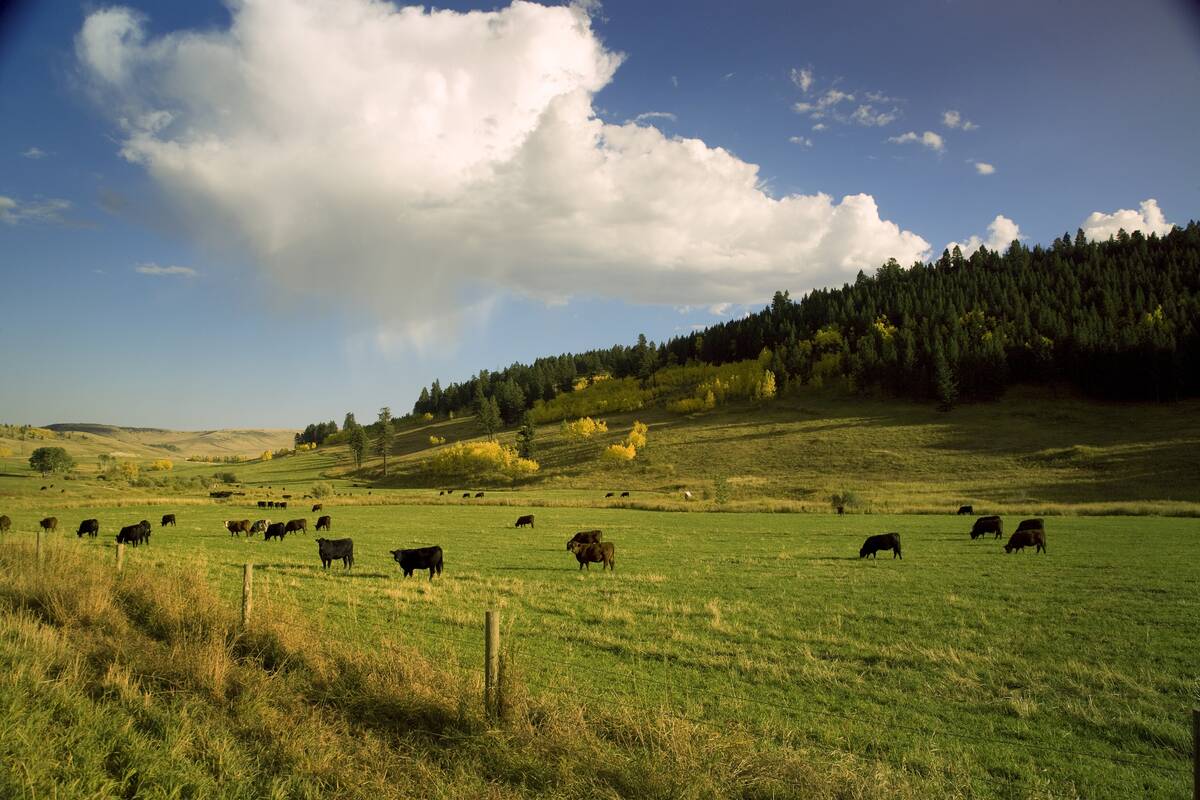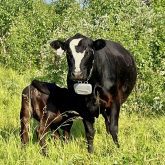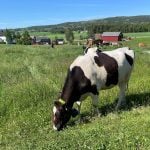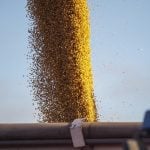I never cease to wonder why some producers starve cattle through the winter. Fortunately, they represent a very small percentage of producers, but their lack of care has a big effect on those who drive along the road and see starvation first-hand — downer and dead cattle left in plain sight, matts of hair on barbed wire fences, leftovers from lack of parasite control and obvious signs of starvation. Part 1 of this series covers the importance of environmental temperatures and malnutrition. Part 2 will cover the predicament presented to veterinarians when asked to manage malnutrition in herds when chronic debility has passed the point of no return.
- READ MORE: Winter feeding management for cattle
Over the years, I’ve sat in court on cases of animal cruelty, I’ve been a part of the SPCA’s effort to assess and provide care for confiscated herds and have been involved in euthanizing animals considered too far gone to save. The spectre of downer animals too weak to stand affronts all aspects of human respect for animals.
Cows deplete body fat reserves when consuming less energy than needed for maintaining body functions and production demands. Weather plays an important role. The lower critical temperature of a beef cow is the lowest temperature a cow can be exposed to before it needs change, metabolically, to help cope with cold stress. For beef cows with dry winter coats, the lower critical temperature is -7 C. Animals can increase feed intake by 10 to 25 per cent to adapt to cold and windy conditions. By doing so, they produce more heat to stay warm. The point where the heat produced by fermentation does not maintain body temperature is -20 C for cows in good condition. Thin cows may have a lower critical temperature of -10 C to -15 C. Extra heat must be produced to keep the thinner cow warm. For every 10 C drop below -20 C for a cow in good condition, those cows require an additional two pounds of grain in addition to the regular ration to keep warm. If no supplemental energy is provided, the animal will mobilize fat, losing weight. Losing weight makes the animal more susceptible to cold. No fat reserves on top of no grain means cows suffer from cold.
Wind chill plays a critical role in keeping warm during cold winter months. Wind at 30 mph in temperatures of -30 C creates wind chills of -44 C; 30 mph winds at temperatures of -40 C produce wind chills of -59 C. Thin cows perish at these temperatures. Even cows in adequate body condition with a dry haircoat require additional energy to maintain body temperature when the wind chill drops below freezing until cows adapt to lower temperatures. In general, they need about one per cent more energy for each degree below freezing.
Read Also

The Canadian Cattle Association’s international advocacy efforts
Global ag policies affect Canadian food policy, so the Canadian Cattle Association participates in international and domestic forums
The greatest weather stress occurs if hair becomes wet or mud-caked. In these cases, the critical temperature rises to about 15 C and cows require one to two per cent more energy for each degree of wind chill below 15 C.
Beef cows underfed during gestation and lactation potentially have additional areas of poor production. Although birth weights are reduced, poor physical condition increases the number of difficult births. Undernourished or thin cows may have less, and poorer-quality, colostrum. Lower levels of immunoglobulins result in calves with more illnesses (scours, respiratory disease) during early lactation. Survival rates often suffer, which combined with poorer conception rates during breeding season shrinks the overall calf crop. Underfeeding drastically affects overall production. In malnourished herds, inadequate mineral and vitamin supplementation leads to unthriftiness, reduced immunity, calving difficulty, reduced calf survivability, decreased milk production, longer interval to rebreed and reduced number of cows rebreeding.
Every year during spring calving, veterinarians investigate numerous cases involving down and/or deceased adult beef cows. These cases typically involve single animals, but small to moderate numbers of animals within a herd can be affected. A common clinical history involves groups of adult cows observed as normal, then several hours later (typically 12-24 hours) found recumbent or dead.
The clinical signs of protein/energy malnutrition include recumbent but mentally alert cows, deceased cows, cows with less-than-ideal body condition, udders that appear to contain low amounts of milk, and/or weak and small calves. Clinical signs often occur concurrently.
Cases of protein/energy malnutrition almost always occur during the last pregnancy trimester in middle-aged to older cows in spring-calving herds. It is rare to observe this issue in fall-calving herds. As gestation proceeds, energy demands grow steadily as the fetus matures, the placenta expands and the uterus expands. For example, at 130 days of gestation, the net energy maintenance requirement for pregnancy is 0.33 Mcal/day. In contrast, on gestation day 250, the requirement has increased to 3.33 Mcal/day. Similarly, protein requirements increase during the last trimester: 9.1 grams of available protein are needed for pregnancy on gestation day 130, but 95.2 grams/day are required on day 250 (adapted from John Herrick, Iowa State University, extension veterinarian). Dry matter intake decreases toward late pregnancy due to increased fetal size.
Assessing energy balance and diagnosing protein/energy malnutrition is best accomplished by analyzing what’s being consumed in conjunction with clinical signs. Body condition scoring will help confirm a diagnosis.
Dr. Ron Clarke prepares this column on behalf of the Western Canadian Association of Bovine Practitioners. Suggestions for future articles can be sent to Canadian Cattlemen ([email protected]) or WCABP ([email protected]).

















